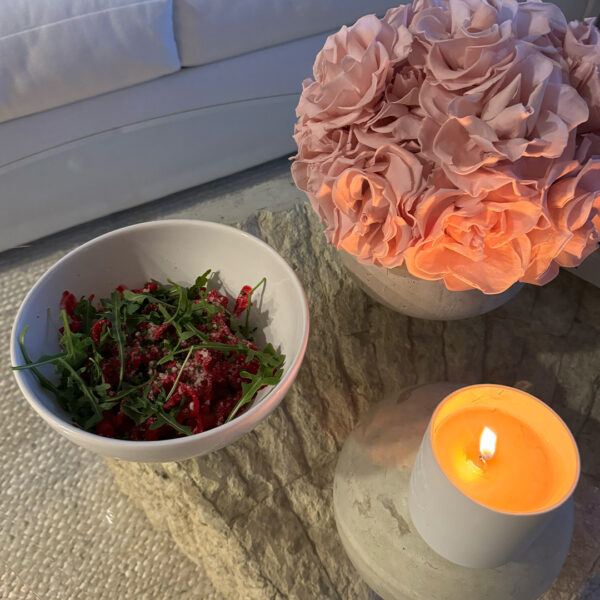Ahhh, sleep, beautiful sleep. For some of us, it’s elusive, hard to achieve, a distant dream (no pun intended). And other times, it might hit you hard and fast, without that satisfying feeling of rested rejuvenation. If you’ve been sleeping more than usual and surpassing the typical seven to eight hours on the regular but aren’t necessarily feeling restored, a number of factors could be playing a role. Sleep expert Alanna McGinn weighs in.
“Hypersomnia, or excessive sleeping, is characterized by either severe daytime sleepiness or too much time spent sleeping. Either option can lead to feeling like it’s hard to stay awake during the day.” That’s right. Extra shut-eye doesn’t necessarily mean loads of energy during waking hours. McGinn explains, “To complicate things, even if you are sleeping more than usual, you’re likely experiencing a decrease in time spent in deep, restorative sleep. As a result, it’s common for those suffering from hypersomnia to feel anxious or concerned about why they feel so tired during the day, when they’re sure they’re getting enough sleep.”
While anxiety might be a result of hypersomnia, other psychiatric issues like depression could be the cause. This can be year-round, but can hit a little extra hard in the winter with Seasonal Affective Disorder, unapologetically acronymed SAD. And SAD is not always triggered by gloomy weather, so even those of us in sunny Los Angeles can feel the weighty effects of the seasons.
“While it’s not easy to know exactly what causes SAD, there are several elements that play a key role, many of which are integrally connected to your sleep cycle,” says McGinn. Vitamin D is one of these elements. “Vitamin D is believed to help elevate serotonin activity. Many people are deficient in it, and when you have low vitamin D, it’s very common to feel symptoms of depression.” Not spending enough time outdoors getting fresh air and a responsible dose of sunlight is a sure-fire factor, any time of the year.
Another factor is circadian rhythm. “Fewer sunlight hours in the winter months can disrupt our natural biological clock, which can lead to an increased risk in feeling depressed. For those of us in the northern hemisphere during the winter months, melatonin can also play a role in SAD. Darkness increases your production of melatonin, our natural sleep hormone, which helps regulate sleep. But elevated melatonin levels can make you sleepier and more lethargic, which influences normal sleep behavior and moods.” But not all hope is lost.
If you are experiencing much longer periods of rest than is usual for you, experiment with some of McGinn’s solutions and see if facets of SAD are playing a role in your own psyche. Expose yourself to more light. “Since a reduced amount of sun exposure is one of the things that triggers SAD and hypersomnia, do what you can to get more light during the day. Try sitting by a bright window, going out for a walk during the day, or investing in a light box.”
McGinn notes that exercise and a healthy diet are key to fueling your body for the day and preventing sugar crashes. Be mindful of your macro nutrients like protein, carbs, and fats, and try to avoid large amounts of starchy or rich foods, especially near bedtime. Staying active will also boost serotonin levels and elevate your mood as well as wear you out for truly restorative rest in appropriate increments.
The content provided in this article is provided for information purposes only and is not a substitute for professional advice and consultation, including professional medical advice and consultation; it is provided with the understanding that Poosh, LLC (“Poosh”) is not engaged in the provision or rendering of medical advice or services. The opinions and content included in the article are the views of the interviewee only, and Poosh does not endorse or recommend any such content or information, or any product or service mentioned in the article. You understand and agree that Poosh shall not be liable for any claim, loss, or damage arising out of the use of, or reliance upon any content or information in the article.
Up next, be the first to know our weekly content and sign up for our Poosh newsletter.






































